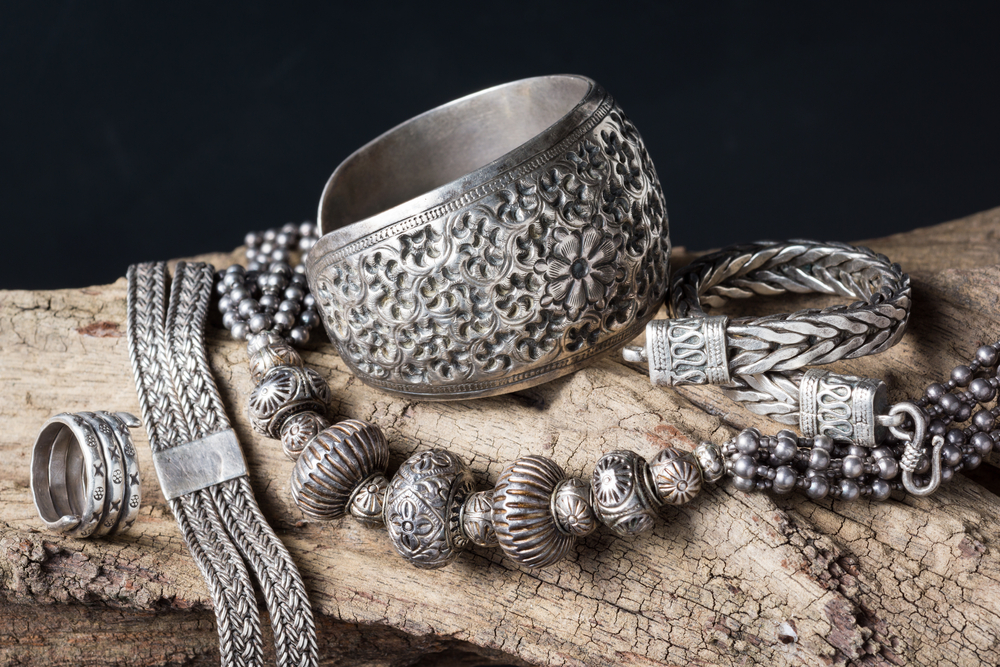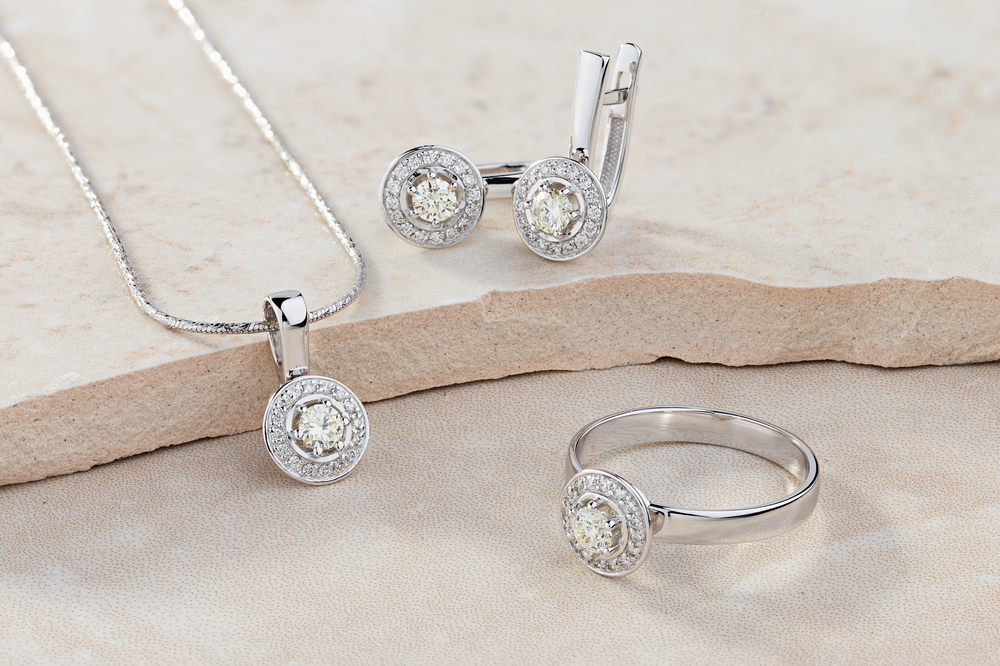Hallmark Help
GOLD [AU]
Pure gold can be mixed/alloyed with many other metals. The purer the gold content, the more expensive the cost. In the UK, gold fineness is officially tested at one of the assay offices and given a valid mark of fineness. 18 carat gold is hallmarked 750, which means there are 750 parts of pure gold per 1000. This mark will appear alongside the maker’s mark and the hallmarking office’s official stamp. A number mark alone does not guarantee fineness.


Gold Fact
There is 0.2 milligrams of Gold in your body, most of which is in your blood…Sadly, it’s not enough to strike it rich.

What to look out for
Beware, gold bought abroad does not always reach the fineness indicated because no official testing has been done and the actual gold content could vary considerably.
Coloured gold is created by changing the alloy mix to influence the colour, e.g. more copper in the alloy will turn the gold red, whilst adding a strong white metal such as palladium, will turn the gold to white.
SILVER [AG]
800 Silver: Commonly found in vintage or antique pieces, the 800 stamp means that there is 800/1000 parts pure silver, or 80% pure silver with the remaining 20% made up of other alloys.
Sterling Silver: A metal alloy made up of 92.5% pure silver.
Britannia Silver: A metal alloy made up of 95.8% pure silver. It is notably softer than sterling silver
Fine Silver: Also called ‘Pure Silver’, contains 99.9% silver, with the remaining elements being trace alloys.
EPNS: EPNS stands for ‘Electro Plated Nickel Silver’. These items either have no silver content at all, or very little.


Silver Fact
The chemical symbol for Silver is Ag, which is an abbreviation of the Latin word for silver, ‘argentum’.

PLATINUM [PT]
Platinum is ten times rarer than gold, extremely dense and typically 95% pure. Platinum is known as a ‘noble metal’ because of its resistance to tarnishing and corrosion. The fashioning of platinum into fine jewellery began about 1900 because it is extremely malleable, making it easy to shape and stretch into wire. It is of course a favourite for jewellery makers because of its hypoallergenic properties and its strength, which makes it perfect for safely securing diamonds and other precious stones within the designs. Because of its natural high purity, the metal has the same crisp white colour all the way through and is an enduring favourite for engagement, wedding, and eternity rings.
Platinum fineness marks in the UK:

Platinum Fact
If all of the mined platinum was melted into an Olympic size swimming pool, it would only cover your ankles.
PALLADIUM [PD]
The metal was discovered in 1803 but did not receive an official hallmark until 2010, after the jewellery trade called for it to be validated as a cheaper option to platinum, which was becoming far too expensive to use in mainstream jewellery. Palladium is part of the platinum group of metals (PGMs) and like its cousin, platinum is a crisp white metal all the way through, negating the need to coat it with rhodium to keep its colour.. A palladium wedding ring weighs around 40% less than an identical ring in platinum, so with the lower price and as a lighter article with the same look as platinum, it soon became a firm favourite for bridal jewellery for men. Palladium is also used in 18ct white gold as one of the metals alloyed to give the gold its white colour. Today the price of palladium far exceeds that of platinum, due to the huge demand from the motor industry, which uses palladium in catalytic converters. Due to the current high price of palladium, it is no longer chosen as a metal for mainstream jewellery making.

Palladium fineness marks assayed in the UK.

Palladium Fact
Palladium was discovered in 1803 and named after the asteroid Pallas, which itself was named after Pallas Athena, the Greek goddess of wisdom.

What is a Hallmark?
A hallmark is a series of marks stamped on articles of gold, silver, platinum and palladium by the British assay offices. They certify the item’s purity, where it was assayed and the maker. Some articles will also have a letter stamp, signifying the year of hallmark / manufacture.
The Goldsmiths’ Company Assay Office describe a hallmark as: 'Consists of a series of marks applied to articles of the precious metals platinum, gold, palladium and silver. Means that the article has been independently tested. Guarantees that it conforms to all legal standards of purity (fineness). Guarantees provenance by certifying, as a minimum legal requirement, where the piece was hallmarked, what the article is made from, and who sent the article for hallmarking.'
Visit The Goldsmiths’ Company Assay Office website for more information on the different types of hallmarks,

